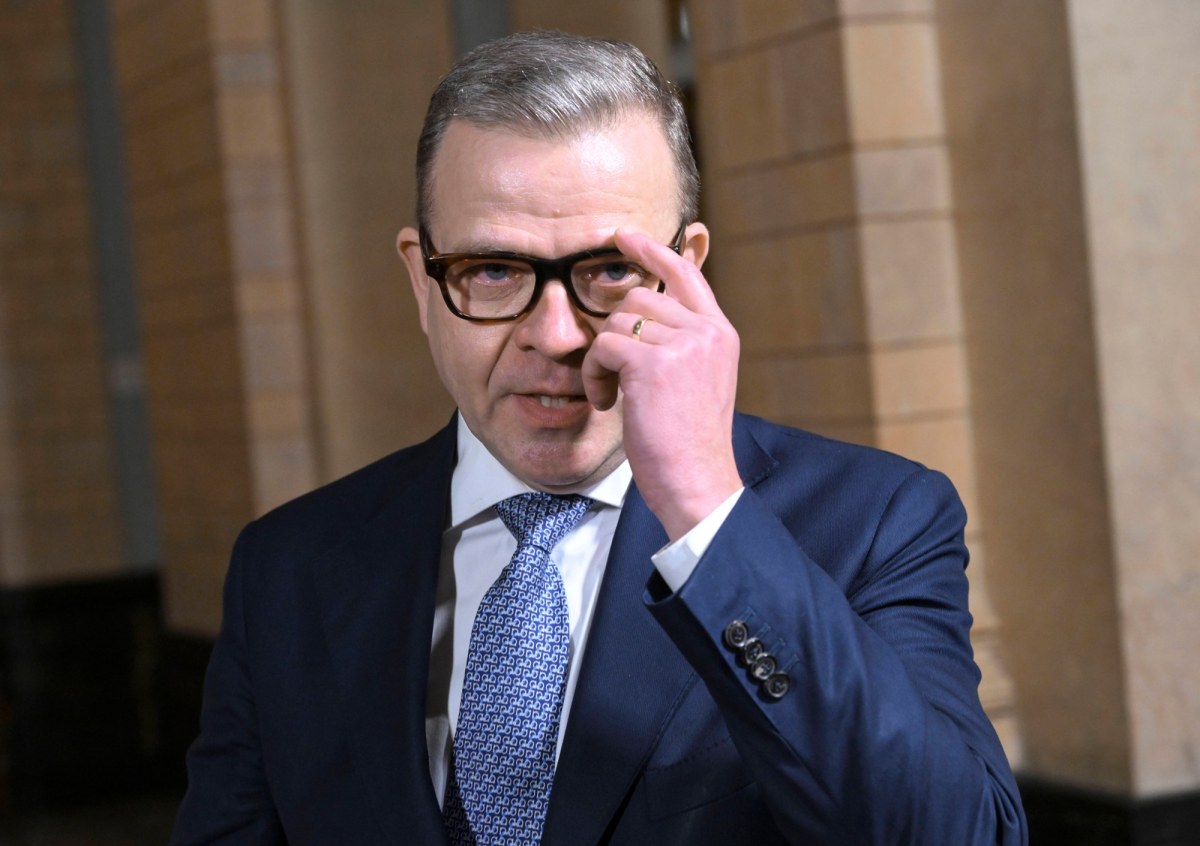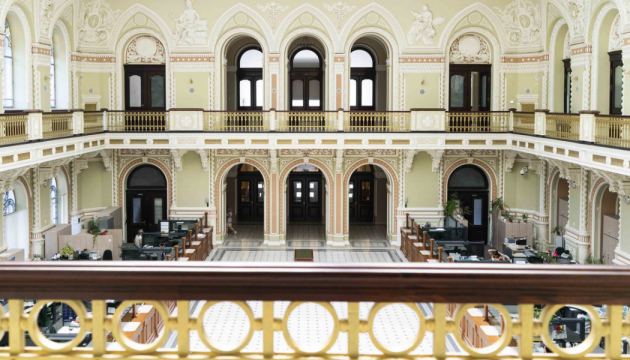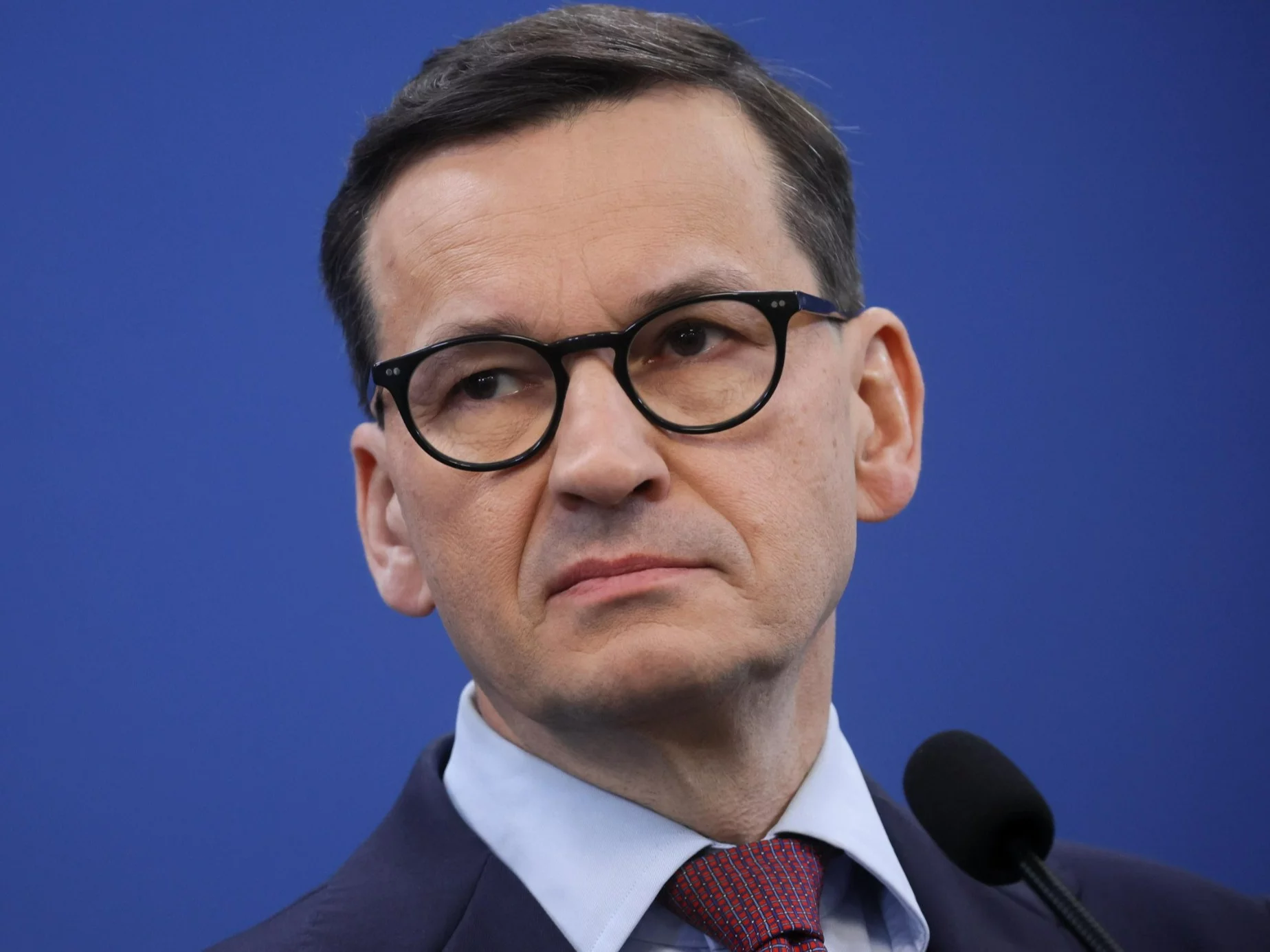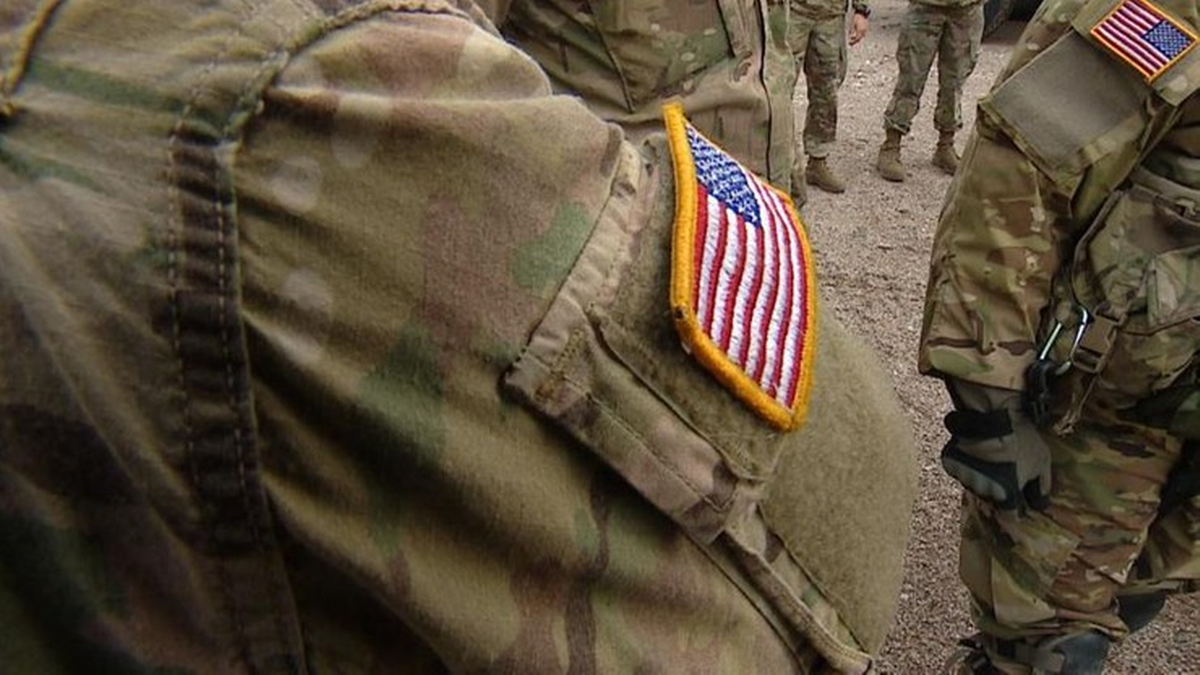Before the collapse of the russian Union, Turkey’s abroad policy interests remained profoundly tied to the western camp and NATO, with the exception of the historical rivalry with Greece and engagement in Cyprus. However, the collapse of the USSR opened the door for Turkey to engage with an area it had neglected for centuries, despite its historical significance: Central Asia.
Central Asia’s past and significance
The area has been historically applicable and the centre of migration movements, trade and empires. The Silk Road, facilitating trade and cultural exchange, showcases specified relevance. Mainly Turkic and Iranian peoples inhabited the region, and during the 19th century, Russia conquered it, shaping its identity until the present day. Its oil and natural gas resources; central location between Europe and China; and access to re-emerging land-based trade corridors between Europe and East Asia (Belt and Road initiative, mediate Corridor), have placed Central Asia back in the geopolitical arena. All of the Central Asian republics (excluding Tajikistan) are speakers of Turkic languages, and thus Turkey shares linguistic and cultural kinship with these republics. It is noteworthy, however, that the Seljuks and their successor, the Ottoman Empire, despite origins in Central Asia, focused on westward expansion and mostly neglected Central Asia due to the geopolitical realities of the time. The Ottoman Empire avoided engaging in Central Asia owing to defeats, specified as the conflict of Ankara (1402) against Timur, and the challenges posed by nomadic Turkic tribes. Thus, in spite of cultural kinship, both regions and their peoples separated their trajectories and were subject to different influences that shaped their respective identities.
Turkey’s renewed engagement with Central Asia
As a consequence of the fall of the USSR, Turkey reassessed its geopolitical function and assertiveness. Since the end of the russian threat, as the Caucasus and Central Asia were no longer straight ruled by Moscow, Turkey could afford to broaden its scope of action to safe its interests on the 1 hand and to stay a applicable actor for the western camp on the other. The continued negative consequence to the inclusion of Turkey in the European integration process likely reinforced this stance.
Thus, Turkey welcomed the news of the independency of the Central Asian republics and initiated engagement with them. The country wanted to present its identity as a secular, comparatively westernized and democratic republic as a model for the region in comparison with muslim extremism or Soviet-style authoritarianism. Additionally, it supported the thought of pan-Turkism in order to engage with the area, envisioning a united Turkic planet from the Adriatic to the large Wall of China in which Turkey would be the leading country.
Turkey created the Turkish Cooperation and Coordination Agency (TİKA) in 1992 and the Organization of Turkic Culture (TURKSOY) in 1993, establishing cultural and educational cooperation that, over time, attracted students from Turkic countries to Turkey, strengthening cultural ties. Coupled with the usage of media outlets specified as TRT, Turkey utilized these soft power tools to reenforce its cultural presence in the region.
Unfortunately for Turkish policymakers, the country’s projection in Central Asia remained limited due to Turkey’s constrained capacity, which was showcased through a deficiency of economical and military resources compared to China and Russia. But possibly most importantly, the Central Asian states regained freedom after centuries of regulation from Moscow, and their precedence was setting their own individual national identity separated from their russian identity. This was alternatively of coming under the umbrella of another power, albeit with shared cultural ties. As an example of this stance, Turkmenistan opted for an isolationist policy of permanent neutrality, which is officially recognized by the UN. To this day, the country remains the only Turkic Central Asian republic which is not a full associate of the Organization of Turkic States (OTS) but an observer. Moreover, Russia pressured Central Asian states to avoid engaging with Turkey in pan-Turkic rhetoric, which forced Ankara to comply with the realities on the ground and to reassess its strategy, renouncing its first aspirations of establishing a Turkic common marketplace or a Turkic investment bank.
Cooperation in security, energy and economical development
Realizing the situation and the limited capabilities of Turkey in the region compared to Russia and China, the country changed its approach to a more pragmatic and incremental one, emphasizing cooperation in security, energy and economical improvement and establishing institutionalized forms of cooperation.
In 2013, Turkey, Azerbaijan, Kyrgyzstan and Mongolia established the Organization of Eurasian Law Enforcement Agencies with Military position (TAKM), whose goal was to increase cooperation between law enforcement bodies, including in the fields of terrorism, smuggling and border security. Along with the increased collaboration, countries willing to join TAKM received preferential offers for Turkish military hardware, and Ankara regularly conducts military exercises with Azerbaijan, Kyrgyzstan and Kazakhstan. The Russian war in Ukraine and the full Azerbaijani triumph over Armenia in Nagorno-Karabakh increased the region’s appetite for the products of the Turkish defence industry. This has been indicated by the acquisition of Bayraktar TB2 and Akinci drones by Kyrgyzstan and the manufacture in Kazakhstan of TAI Anka drones.
When it comes to broader economical and energy cooperation, in 2009, Turkey, Azerbaijan, Kazakhstan and Kyrgyzstan established the Turkic Council, known as OTS since 2021. Uzbekistan joined in 2019, and Hungary became an observer in 2018. Apart from the previously mentioned TURKSOY, the organization established cooperation mechanisms in diverse areas and closely collaborates with affiliated institutions. Within these structures function the Parliamentary Assembly of Turkic Speaking Countries (TURKPA), the Turkic Investment Fund (TIF), the Turkic Chamber of Commerce and manufacture (TCCI), the Turkic Academy, and the Turkic Culture and Heritage Foundation. Thus, even if cultural cooperation remains applicable within the OTS framework, as indicated by the creation of a Turkic alphabet, cooperation in economical improvement and energy matters remains the cornerstone of the organization.
The function of energy is hard to overlook, as the Central Asian region and Azerbaijan are rich in oil resources and their economies are highly dependent on specified exports, while Turkey is simply a transit region for energy flows from Central Asia towards European markets. Additionally, Central Asia aims to reduce their dependence on Russia for energy transportation, and
Turkey wants to position itself increasingly as an energy hub, further reducing reliance on Russia and expanding its strategical leverage. In this regard, Russia’s war in Ukraine and the sanctions imposed on the country opened a window of chance to accomplish these goals, diversifying energy flows distant from pipelines across Russian territory towards alternate routes. This can be seen in the emergence of a major task aligning with the interests of the OTS: the mediate Corridor.
The corridor seeks to integrate ports, roads, rail and energy infrastructure from China to Europe via Central Asia, the Caspian Sea and Turkey, bypassing both Russia and Iran. The task constitutes a very appealing possible not only for Turkey and Central Asia but besides for the EU, as shown by the supply of Azerbaijan’s natural gas to the EU and Macron’s visit to Kazakhstan in 2023. Already from January to March 2022, cargo transported along this route increased by more than 120 per cent compared to the same period in 2021, with a likely expanding tendency owing to the continuing war in Ukraine.
Looking to the future, the OTS has established Turkic planet imagination 2040, which builds on the cooperation and infrastructure projects of the mediate Corridor to make a cohesive economical space through investments. This has helped foster entrepreneurship and the creation of SMEs, build physical and digital infrastructure for trade and logistics, grow energy cooperation to renewable energies, and strengthen supply chains and the economical and energy safety of the partner countries. Milestones in the process include the creation of TuranSEZ, a peculiar economical region in Kazakhstan, and the China-Kyrgyzstan-Uzbekistan railway project.
perceive to the latest Talk east Europe podcast episode:
Turkey’s plans
Turkey’s presence in Central Asia through the strengthening of the OTS, the mediate Corridor and related partner initiatives is likely to not only stay in place but to gradually increase over time, with advancement primarily focused on the improvement of infrastructure, energy cooperation and economical integration. For Turkey, Central Asia constitutes a applicable region for its abroad policy along with the Balkans, Caucasus and the mediate East. Its presence in the area is besides a geopolitical asset, expanding Turkey’s leverage on matters concerning the region. For the Turkic Central Asian republics, their collaboration with Ankara provides an additional partner with shared cultural ties and somewhat aligned geopolitical goals, specified as reducing their dependence on Russia, allowing them additional leverage vis-à-vis Moscow and Beijing.
Nonetheless, challenges regarding this cooperation stay owing to the realities on the ground, as Turkey cannot compete with China in available capital for investments, nor can it compete with Russia in the sphere of security. Turkey remains a associate of NATO, a reality improbable to change in the close future in favour of any prospective Turkic safety alliance. Moreover, Kyrgyzstan and Kazakhstan stay within the CSTO, the Russian-led military alliance. In the case of Kazakhstan specifically, the balancing between Russia and another actors should be carefully managed owing to Astana’s shared border with Russia and its cultural Russian population. due to this, pan-Turkic rhetoric is besides carefully balanced, as pan-Turkism may be perceived as a threat by China due to Uyghur separatism, as well as by Russia given that the country is home to various Turkic peoples and their respective republics.
The future of cooperation between the parties will be influenced by the results delivered on the proposed projects and the success of the mediate Corridor, as well as by the situation concerning the remainder of the actors. The ongoing war in Ukraine and the strategical dilemma it poses to Russia, possibly forcing it to overlook another theatres, along with increased engagement of the EU in the initiative, could prompt increased cooperation.
Adrian Santano holds a BA degree in Political discipline from the University of the Basque Country and an MA degree in European Studies from the University of Wrocław. Having lived in Spain, Poland, Turkey and Finland, his interests include European political economy and geopolitics of Central and east Europe.
New east Europe is simply a reader supported publication. delight support us and aid us scope our goal of $10,000! We are nearly there. Donate by clicking on the button below.









